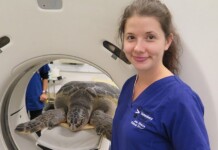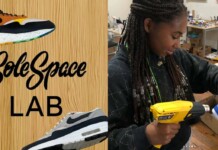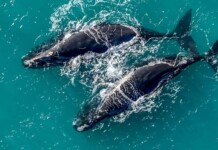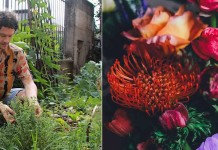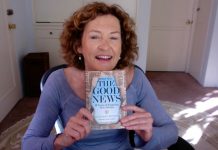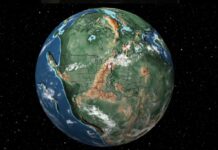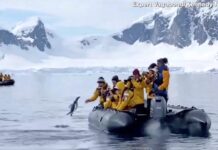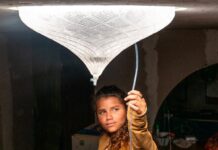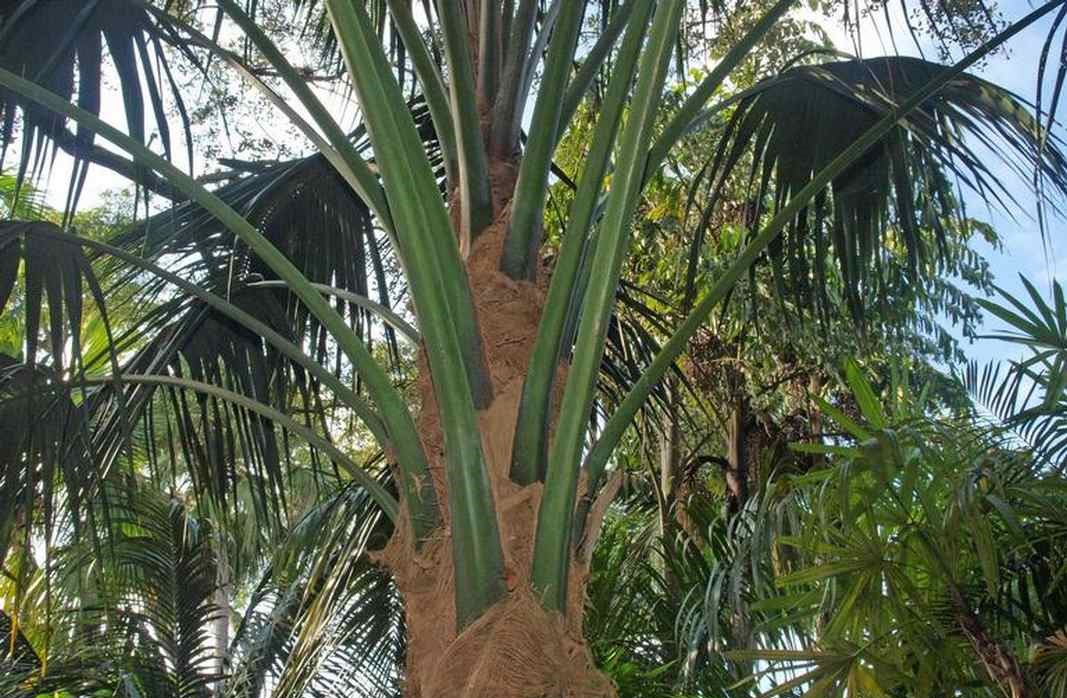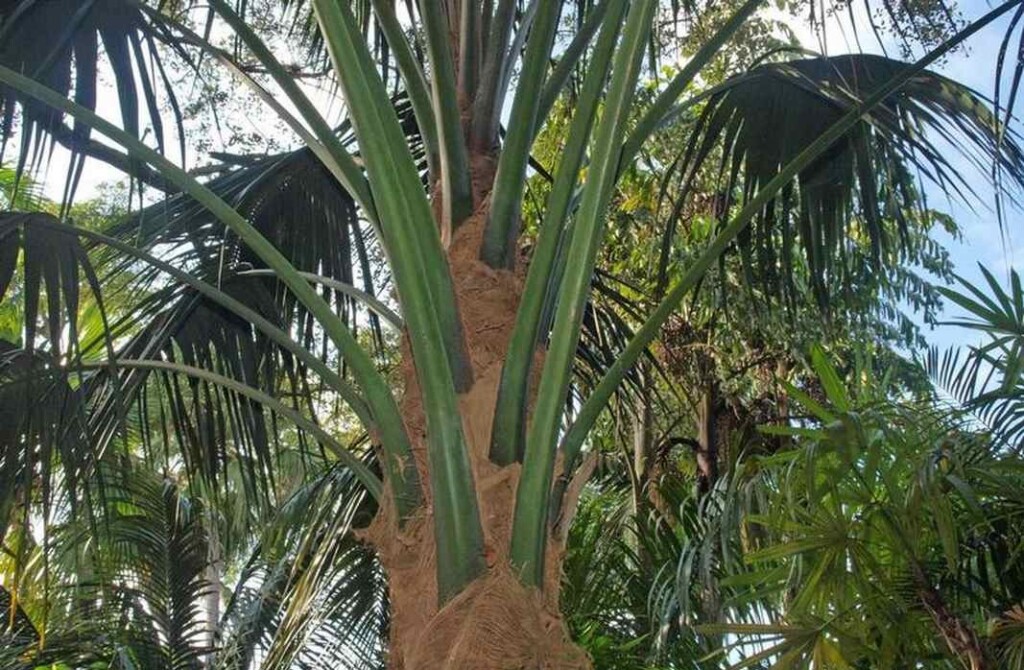
One of Australia’s most biodiverse offshore islands enjoys the company to two palm trees that despite appearing quite similar are actually different species.
That this happened: that two species evolved from a common ancestor despite no geographical separation, means biologists have confirmed that “sympatric” evolution is possible on Earth.
To explain exactly what that means, here’s Dr. Vincent Savolainen from Imperial College London’s Department of Life Sciences.
“Imagine a few humans on an island for 100 million years, no-one would think they would evolve into a different species, but actually plants do,” he told ABC News Australia about the palm trees on Lord Howe Island, 600 miles off the northern coast of New South Wales.
“Although they are not geographically isolated, they become reproductively isolated because of the flowering time difference which is due to some interaction they have in the soil with microbes.”
This is in direct opposition to the conditions that led Charles Darwin to develop the concept of natural selection. When he was exploring the Galapagos, his breakthrough that species evolve through exposure to different environments came after collecting various specimens of finches on the archipelago’s islands.
The finches were slightly different in relation to the challenges and opportunities available on each island. In contrast, Howea belmoreana and its cousin, Howea forsteriana, evolved divergently, side by side, isolated for over 1 million years on Lord Howe Island; something Darwin thought as being an “unlikely” scenario for evolution to occur.
Having never seen a human footfall until about 1700, when whalers began using it as a storehouse, the island eventually saw use as a nursery for these palm trees, with H. forsteriana becoming particularly well-liked by Queen Victoria.
Called Kentia Palms, Professor Savolainen is part of a study team examining how it is that these palms found enough evolutionary elbow room on the small island to speciate into unique trees.
YOU MAY ALSO LIKE: Stolen 22 Years Ago, Two Priceless Charles Darwin Notebooks Mysteriously Returned in Pink Gift Bag
The study’s conclusion and working hypothesis is that a common ancestor arrived from Australia about 1 million years ago and gradually spread across the island. Over time, the palms developed different flowering periods based on whether they grew on sand or basalt.
The key is that each of these substrates house different mycorrhizal fungi, and that the interactions with these soil microbes caused the speciation.
OTHER AUSTRALIAN MARVELS: ‘Huge Environmental Win’: Australia to Protect 52% of its Oceans, More Than Any Other Country
“What we are discovering is the plants and the fungi can make a specific partnership that allows them to survive stressful conditions,” Professor Savolainen said. Rather than challenging Darwin’s work, the discovery has demonstrated that environmental conditions can drive speciation even in the absence of geographical separation.
In other words, it’s an update to Darwin’s theory.
Lord Howe Island is in some respects akin to the Galapagos or Madagascar: unique islands where evolution drives remarkable diversity of life. Recently cured of a terrible infestation of rats and mice, this UNESCO Natural Heritage Site is cloaked in endemic foliage found nowhere else on Earth.
MORE STORIES ABOUT EVOLUTION ON AUSTRALIA: World-First Genetic Index Helps Aussie Farmers Breed Heat Tolerant Cows to Maintain Their Welfare–and Milk Supply
“What is unfolding is an ecological renaissance, since the rodents have gone, the catchphrase is: ‘I’ve never seen that before’,” Hank Bower from the Lord Howe Island board told the Sydney Morning Herald, in 2022.
Back in the 1950s, the island government made the decision to cap visitors at any given time to 400 people, a decision that has been retained now that the island’s reputation for unspoiled wilderness has been restored.
WATCH the story below from ABC News…
SHARE This New Chapter In Understanding Evolution With Your Friends…


